![]()
![]()
![]()
Use LEFT and RIGHT arrow keys to navigate between flashcards;
Use UP and DOWN arrow keys to flip the card;
H to show hint;
A reads text to speech;
60 Cards in this Set
- Front
- Back
- 3rd side (hint)
|
CMU |
Concrete Masonry Unit |
|
|
|
Masonry |
Prefabricated masonry units, such as concrete block, structural clay, tile, or brick, laid in various ways and joined together with mortar.
|
|
|
|
Bond
|
how the masonry units interlock or tie together into a single structural unit
|
|
|
|
Joints
|
the joining of cmu's together or with another object by the use of mortar
|
|
|
|
Head joints are
|
Vertical |
|
|
|
Bed joints are
|
Horizontal
|
|
|
|
Control joints are
|
Continuous vertical joints built into concrete masonry walls to control cracking results from unusual stresses
|
|
|
|
Course
|
the horizontal layout of blocks (rows)
|
|
|
|
Stretcher Block
|
Block laid with its length parallel to the face of the wall. Recessed on each end.
|
|
|
|
Corner block
|
block laid at the corner with only one recessed end and three smooth shells
|
|
|
|
Lintel block
|
U-shaped block installed above door and window openings
|
|
|
|
Precast concrete lintel and sills
|
*Installed above and below door and window openings; utilized instead of CMU lintel/sill block *Precast on job site or procured *utilized to save construction time |
|
|
|
Pier/Double corner block
|
has no recessed end shells; used to build columns/piers. May be used as a stretcher or corner block
|
|
|
|
Actual Block size
|
7 5/8" X 7 5/8" X 15 5/8"
|
|
|
|
Nominal Block Size
|
8" X 8" X 16"
|
|
|
|
3/8 mortar joint is
|
added to the Actual dimensions to obtain Nominal dimensions
|
|
|
|
Half Block
|
can be half size in length, height, or both.
|
|
|
|
|
•minimizes cutting and fitting |
|
|
|
Block |
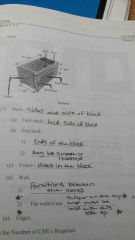
Parts |
|
|
|
Portland cement |
Packed in bags/sacks containing 1CF which weighs 94lbs |
|
|
|
Hydrated lime |
Packed in bags/sacks containing 1CF which weighs 50lbs |
|
|
|
Masonry cement |
•portland cement and lime •packed in bags/sacks containing 1CF may be used in place of Portland cement and lime |
|
|
|
Sand |
Must be clean and well graded must pads through #4 sieve |
|
|
|
Water |
Used to obtain proper consistency. Must be potable. |
|
|
|
Type M |
High strength - Below ground |
|
|
|
Type S |
Medium high strength - high resistance to lateral force |
|
|
|
Type N |
Medium strength - above ground |
|
|
|
Type O |
Low strength - Non (load) bearing partitions |
|
|
|
Mix design |
Mix design may have two or three ingredients, depending on Whether masonry cement (which already contains lime) is used or portland cement and lime must be added separately. |
|
|
|
1:6 mix |
•1 part Masonry cement •6 parts sand |
|
|
|
1:1:6 mix |
•1 part portland cement •1 part hydrated lime •6 parts sand |
|
|
|
Math 1 |
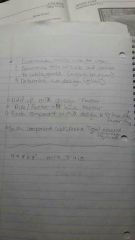
|
|
|
|
Math 2 |
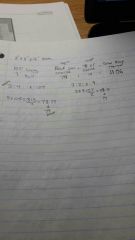
|
|
|
|
Math 3 |
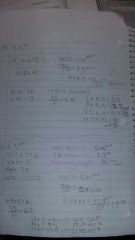
|
|
|
|
Math 4 |

|
|
|
|
Line blocker/holder |
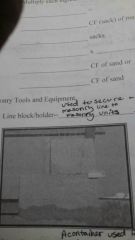
Used to secure a masonry line to masonry units |
|
|
|
Mortar boat (box) |
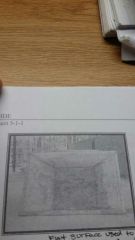
A container used for hand mixing mortar |
|
|
|
Mortar board |

Flat surface used to mortar while laying block |
|
|
|
Brick trowel |
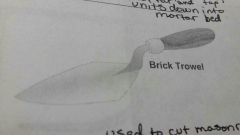
Used to pick up mortar. Spread mortar and tap units down into mortar bed |
|
|
|
Buttering trowel |
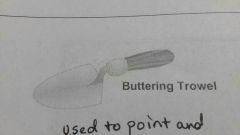
Used to cut masonry units into parts |
|
|
|
Pointing trowel |
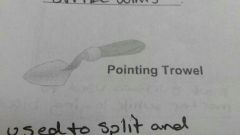
Used to point and strike joints |
|
|
|
Masons hammer |
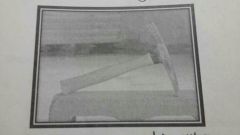
Used to split and rough break masonry units |
|
|
|
Brick chisel/bolster |
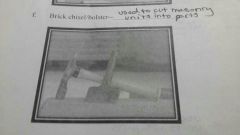
|
|
|
|
Masons level |
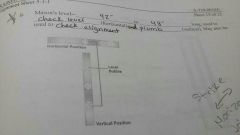
|
|
|
|
Sled runner |
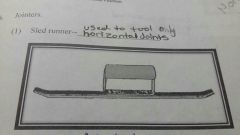
|
|
|
|
S shaped jointer |
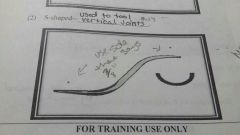
|
|
|
|
Striking |
Strike horizontal joints first to avoid lips that can catch water |
|
|
|
Story pole |
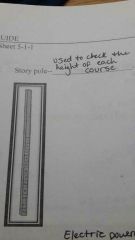
|
|
|
|
Masonry saw |
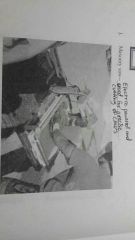
|
|
|
|
Machine mixing |
•if more than 6CF of mortar is required, it should be mixed by machine •First add a small amount of water to the drum, This will prevent the mix from caking up on the machine paddles •Next add dry ingredients and water until desired consistency is obtained •Mixing time should be at least 3 minutes |
|
|
|
Hand mixing |
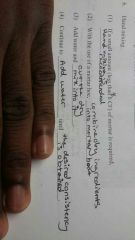
|
|
|
|
Establish, chase, and check |
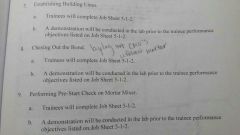
|
|
|
|
Chasing the bond |
The process of stringing out block of 1st course without mortar to ensure proper size joint and modular layout |
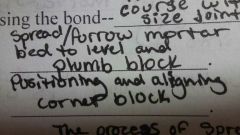
|
|
|
Buttering |
The process of spreading mortar on the end shell or face before laying block |
|
|
|
Tooling joints |
Finishing joints produces a watertight wall and neat appearance •Tooling is performed when mortar is thumbprint hard •Horizontal joints are tooled first followed by the striking of vertical joints •concave joints are th most common and watertight |
|
|
|
Vertical reinforcement |
Done by placing rebar into the cores at the specified spacing and filling the cores with relatively high slump concrete •should be spaced a maximum of 32" on center walls •should be placed at each corner and at the sides of an opening •where splices are required, the bars should be lapped 40 times the diameter |
|
|
|
Horizontal joint reinforcing |
Help control cracking and wall flexibility •should consist of no less than two deformed longitudinal #9 or heavier cold drawn steel wires l. Truss type cross wires should be 1/8" diameter (or heavier) of the same quality |
|
|
|
Anchor bolts |
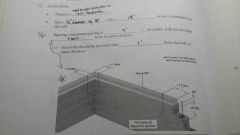
|
|
|
|
Repairing masonry units |

|
|
|
|
Safety |
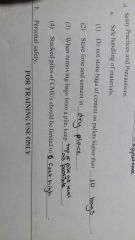
|
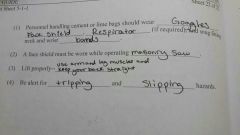
|

